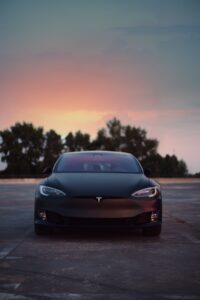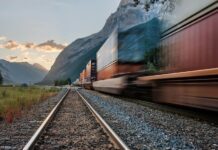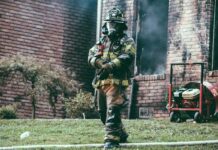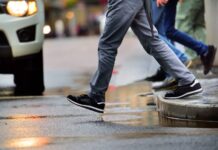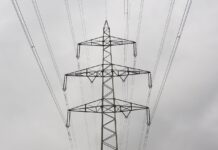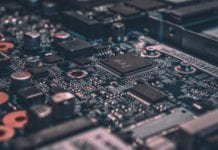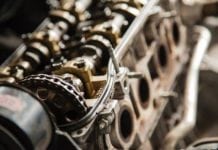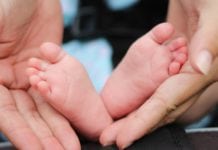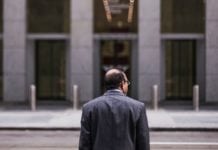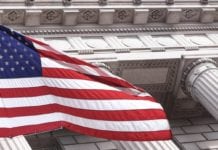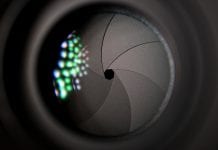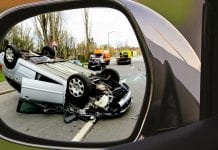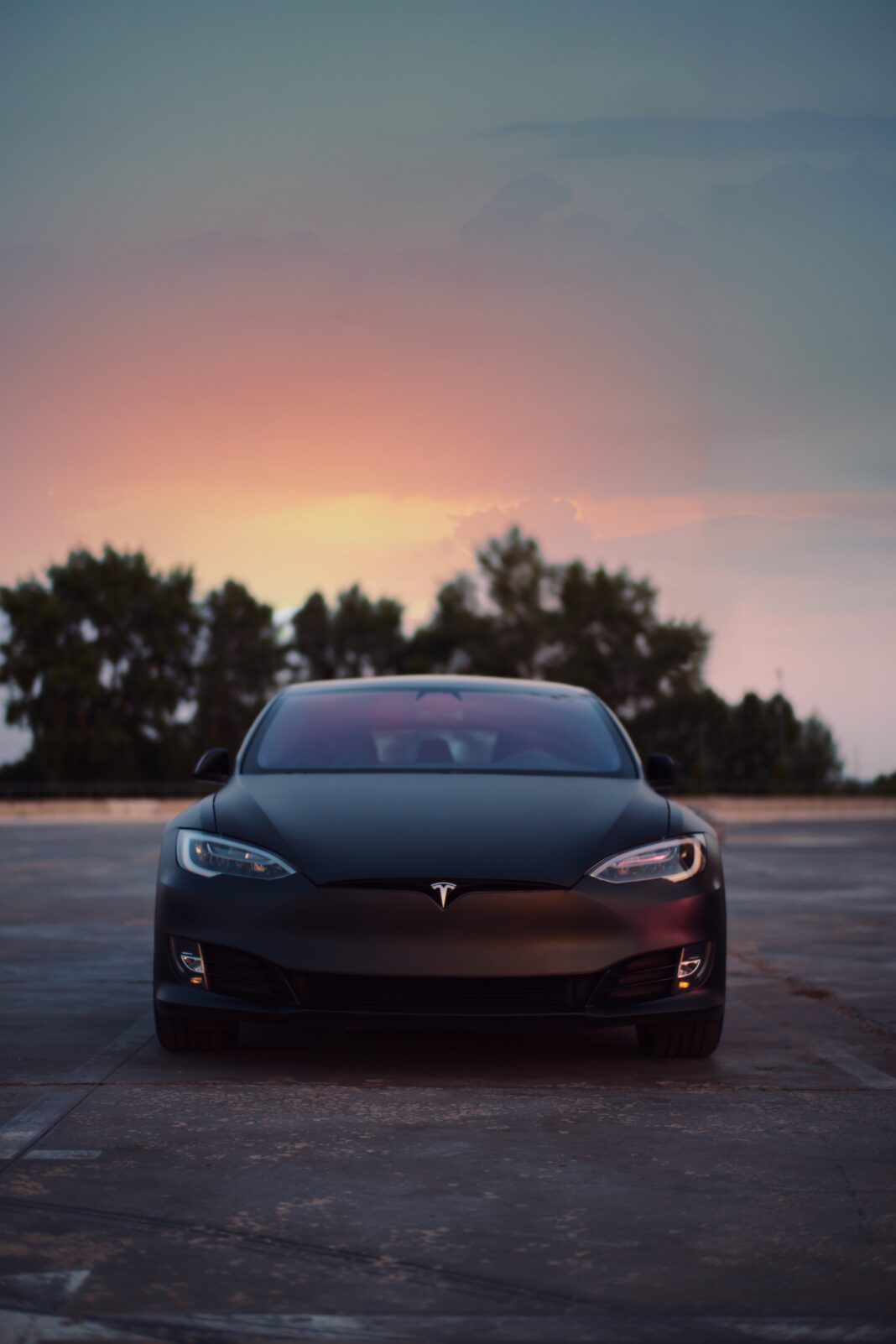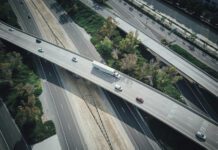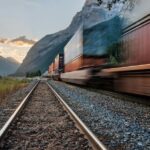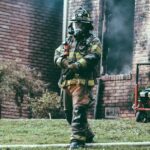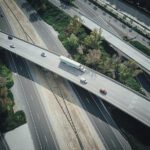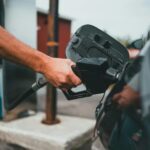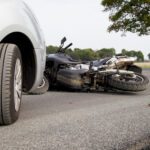On Thursday, December 14, San Diego Police Officers were called to the 10400 block of Scripps Poway Parkway to the scene of a fatal Tesla crash.
According to reports, a Tesla driver was unable to maneuver around the bend in the parkway and crashed into the roadway’s center island striking multiple trees. The driver was ejected from the Tesla and died at the scene.
According to the San Diego Union Tribune, the driver was an 82-year-old man driving a Tesla Model Y in the Miramar Ranch North neighborhood. A law enforcement official said there was a 6-year-old boy who was a passenger in the Tesla who sustained a laceration to his head and was taken to the hospital with minor injuries.
A separate side published a dashcam video of the crash and shows the Tesla vehicle accelerating from the middle lane and “veering” into the center island.
“After watching the video and knowing what we do about how Tesla’s behave, it makes no sense that an 82-year-old with a 6-year-old in the car would accelerate that way for no good reason and then slam into a tree,” said Tesla crash attorney Brett Schreiber. “Our hearts go out to the child who will be traumatized for life and the family who lost a surely beloved senior member.”
If you or someone you know has been involved in a Tesla collision, contact the car accident attorneys at Singleton Schreiber by calling (619) 771-3473 or by emailing info@singletonschreiber.com.
San Diego Tesla Crashes
In recent years, San Diego has witnessed a series of perplexing incidents involving Tesla vehicles. These single-car collisions have been attributed to malfunctioning technology within the Tesla cars, raising concerns about the safety and reliability of the company’s highly advanced autonomous driving features.
The allure of Tesla’s cutting-edge technology has attracted countless drivers, with features like Autopilot and Full Self-Driving (FSD) promising a glimpse into the future of transportation. However, as the number of Teslas on the road continues to grow, so too do the reports of accidents that are seemingly linked to these advanced systems.
One of the most alarming aspects of these incidents is their common denominator: the absence of another vehicle involved in the crashes. These single-car collisions have occurred under a range of circumstances, from highway driving to residential streets. In each case, the driver claimed that the Tesla’s autonomous system was engaged at the time of the crash, leaving many to question the reliability of the technology.
Tesla’s Autopilot and FSD systems are designed to assist drivers by providing features such as adaptive cruise control, lane-keeping, and even the ability to change lanes automatically on the highway. However, they are not intended to be fully autonomous, and drivers are explicitly instructed to maintain full attention and control of the vehicle at all times. Nevertheless, some drivers have been lulled into a false sense of security by these systems, believing they can take their hands off the wheel and disengage from the driving process.
The malfunctioning technology in these San Diego incidents has sparked investigations by both the National Highway Traffic Safety Administration (NHTSA) and local authorities. Preliminary findings suggest that the Tesla cars involved in these crashes experienced technical glitches that led to the vehicles losing control or failing to respond to obstacles in the road. These incidents raise serious questions about the effectiveness of Tesla’s safety mechanisms and their ability to detect and respond to real-world driving conditions.
As the investigations continue, Tesla has faced mounting pressure to improve the reliability of its autonomous driving features and provide clearer guidance to drivers regarding their use. Safety advocates argue that stricter regulations and clearer communication are essential to preventing future accidents of this nature.
The San Diego Tesla crashes serve as a stark reminder that while autonomous driving technology holds great promise, it is not infallible. Drivers must remain vigilant and aware of their responsibilities when using these advanced features. As the investigations unfold, the future of autonomous driving and the role Tesla plays in it will undoubtedly be influenced by these troubling incidents, with a focus on ensuring that technology designed to enhance safety does not inadvertently compromise it.
“The family should contact qualified Tesla crash attorneys right away,” added Mr. Schreiber. “Tesla’s long history with sudden acceleration, it’s issues with autonomous driving and overall malfunctions are likely grounds for legal action.”
If you’ve been hurt or a family member has been hurt or killed in a Miramar Ranch North Tesla crash, contact Singleton Schreiber’s Tesla attorneys by calling (619) 771-3473 or by emailing info@singletonschreiber.com.